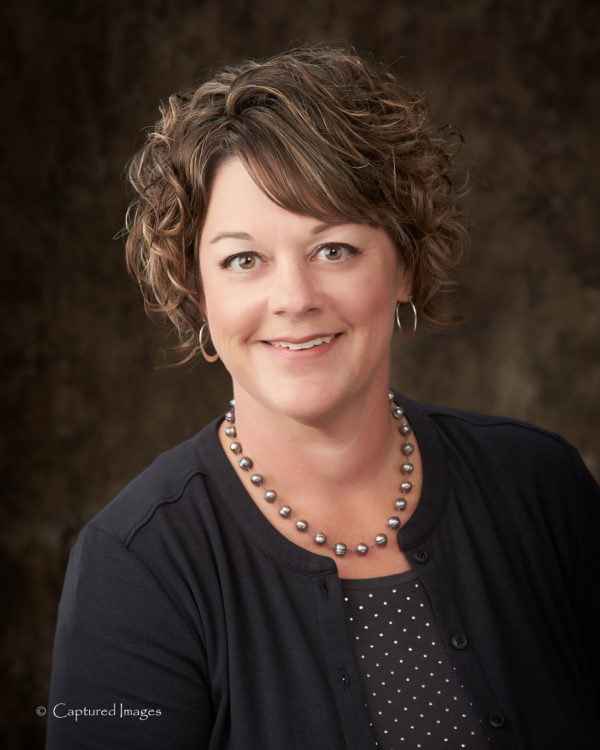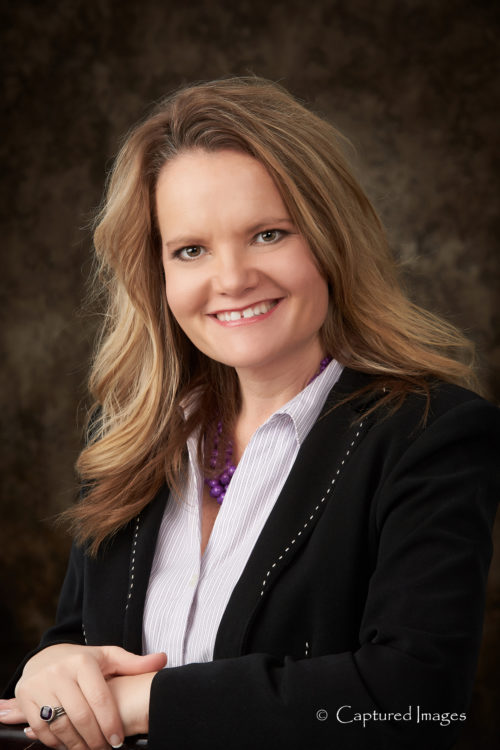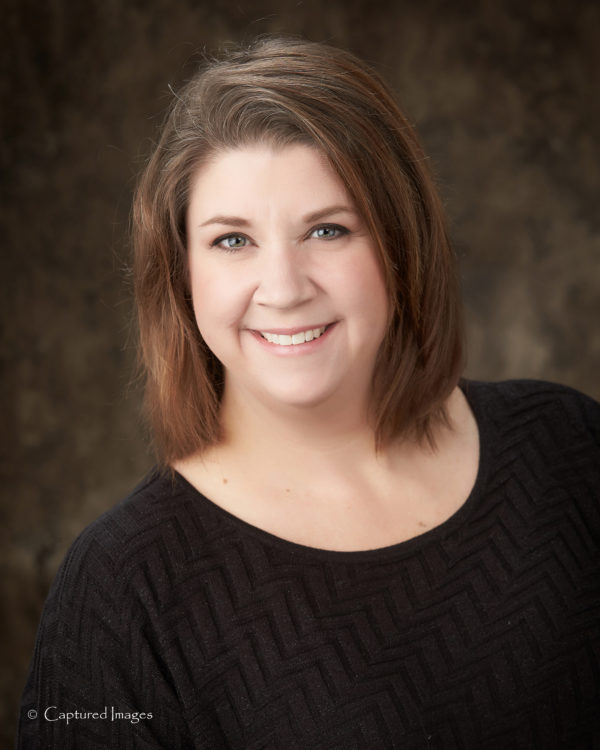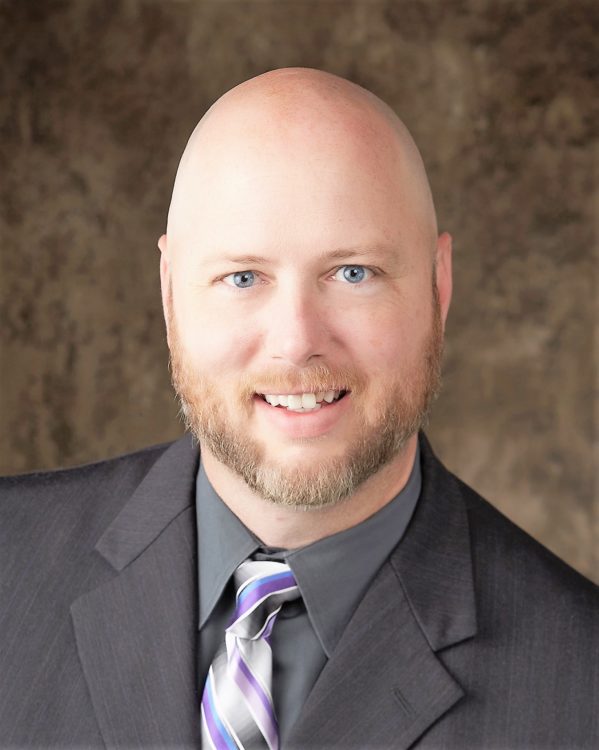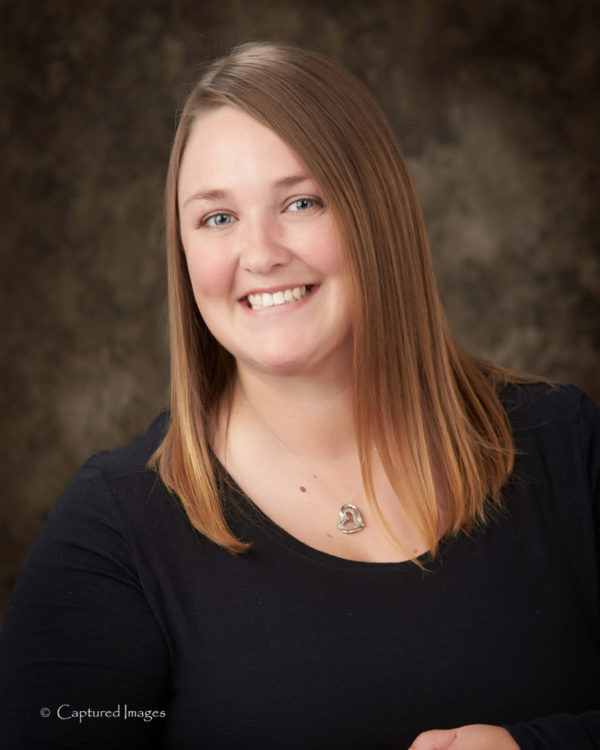The Kansas Forest Service is offering low-cost conservation tree and shrub seedlings for purchase again this year. These seedlings are to be used in conservation plantings, such as home/livestock windbreaks, living snow fences, Christmas tree plantations, firewood lots, habitats for game birds and wildlife, barriers to reduce noise pollution, blocking ugly views, marking property lines and creating habitat for songbirds.
These plants are 1 or 2 years old, and their sizes vary from 5 to 18 inches, depending on species. Most of the trees are bare-root seedlings, however some are available as container-grown seedlings such as Ponderosa pine and Southwestern white pine. Some of the deciduous trees that are available include: bald cypress, black walnut, bur oak, cottonwood, hackberry, redbud, and sycamore. Shrubs available include American plum, chokecherry, lilac, and sand hill plum. This is not a complete listing of available trees and not all trees are recommended for this area.
The Kansas Forest Service also offers tree “bundles” for purchase. The Quail Bundle offers a variety of shrubs designed to attract quail, including American plum, fragrant sumac, golden current and chokecherry. It was created in cooperation with Quail Forever to provide excellent food and habitat for upland bird species in eastern Kansas.
If you are interested in supporting pollinators, there are several shrub and tree species also designated to be of particular importance for butterflies, moths, bees, or other insect pollinators. Some are considered to be nectar sources, while others are larval host plants.
Not certain what you would like to order? Then stop by the Extension office and pick up a brochure that has color pictures of various trees and shrubs at maturity. Orders for conservation trees are accepted now through the first full week of May, with shipments beginning in March. However, I recommend that you order early to ensure availability of trees. Order forms and price sheets are available at the Southwind District Extension Office in Erie, Iola Fort Scott, and Yates Center or can be mailed or e-mailed.
K-State Research and Extension is an equal opportunity provider and employer.

